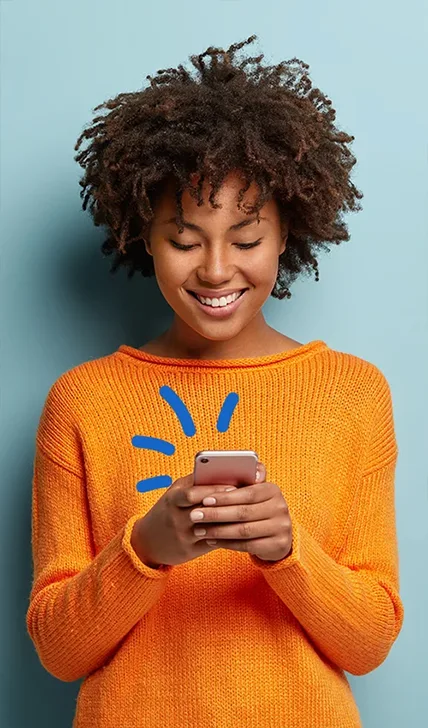The world of web design is constantly evolving, driven by technological advancements and changing user expectations. In 2025, web design trends seamlessly combine aesthetics and functionality, focusing on immersive and personalized experiences. Here’s an overview of the major trends shaping the web design landscape this year.
1. The Dominance of Minimalist and Clean Designs
Minimalism remains a staple in 2025 but evolves to become even more sophisticated. Minimalist interfaces focus on the essentials, eliminating anything that might distract the user. This approach relies on subtle color palettes, clear typography, and well-defined visual hierarchy.
However, 2025’s minimalism integrates subtle elements that enhance the user experience. For example, the smart use of soft shadows, subtle gradients, and strategic white spaces creates a sense of depth and elegance. This trend reflects the “less is more” philosophy, where every visual element has a clear purpose and role.
2. Micro-Interactions: Small Details That Make a Big Difference
Micro-interactions, these small animations or visual feedbacks that react to user actions, take center stage in 2025. They are no longer just aesthetic additions: they actively guide users and improve the overall experience.
Whether it’s an icon changing color when hovered, a button vibrating slightly, or an animation indicating a successful form submission, these subtle interactions make interfaces more intuitive and engaging. In 2025, micro-interactions are often enhanced by technologies such as artificial intelligence (AI), making them more contextual and tailored to individual needs.
3. The Evolution of Visual Trends
Visual trends in 2025 highlight bold and expressive designs. Key approaches include:
- The return of vibrant and bold colors: After years of neutral palettes dominating, websites are embracing bright colors to grab attention and differentiate themselves. Contrasting combinations and dynamic gradients are particularly popular.
- Creative use of typography: Custom fonts and original typography compositions play a key role in giving interfaces a unique personality. Texts often become standalone graphic elements.
- Immersive 3D Designs: Thanks to technological advances, 3D graphics seamlessly integrate into websites, creating immersive experiences without compromising loading speed. These elements are often interactive, allowing users to manipulate objects or navigate virtual environments.
4. The Impact of AI on Web Design
Artificial intelligence is revolutionizing web design in 2025, particularly by making user experiences more fluid and personalized. Here’s how AI is transforming this field:
- Assisted Design: AI-based tools enable designers to quickly generate prototypes, layouts, and visual suggestions. Platforms like Figma and Adobe XD are increasingly integrating AI assistants to speed up the creative process.
- Dynamic Personalization: By analyzing user behaviors and preferences, websites adjust their content in real time. For example, an online store might showcase products based on previous purchases.
- Improved Accessibility: AI tools help make the web more inclusive by suggesting improvements for users with disabilities. This includes automatic subtitles, AI-generated image descriptions, and interface adjustments based on specific needs.
5. Increased Importance of Speed and Performance
In 2025, user expectations for performance are at their peak. Complex designs and content-heavy visuals must be optimized to ensure ultra-fast loading times. Technologies like Progressive Web Apps (PWAs) and modern JavaScript frameworks (Next.js, Svelte, etc.) allow for a balance between aesthetics and efficiency.
Automated optimization tools, often powered by AI, are also being used more frequently to compress images, minimize code, and improve overall site performance.
6. Towards More Sustainable Designs
Environmental awareness is also infiltrating web design. Designers are striving to create eco-friendly interfaces that consume less energy and reduce their carbon footprint. This involves simplified designs, resource optimization, and the use of dark colors, which are known to be more energy-efficient on certain screens.
Conclusion
In 2025, web design achieves a fascinating balance between technological innovation and refined aesthetics. Minimalist trends and micro-interactions enrich the user experience, while AI paves the way for unprecedented personalization and accessibility. To remain relevant in this ever-evolving landscape, designers must combine creativity and mastery of new technologies, all while keeping the user at the heart of their design process.
